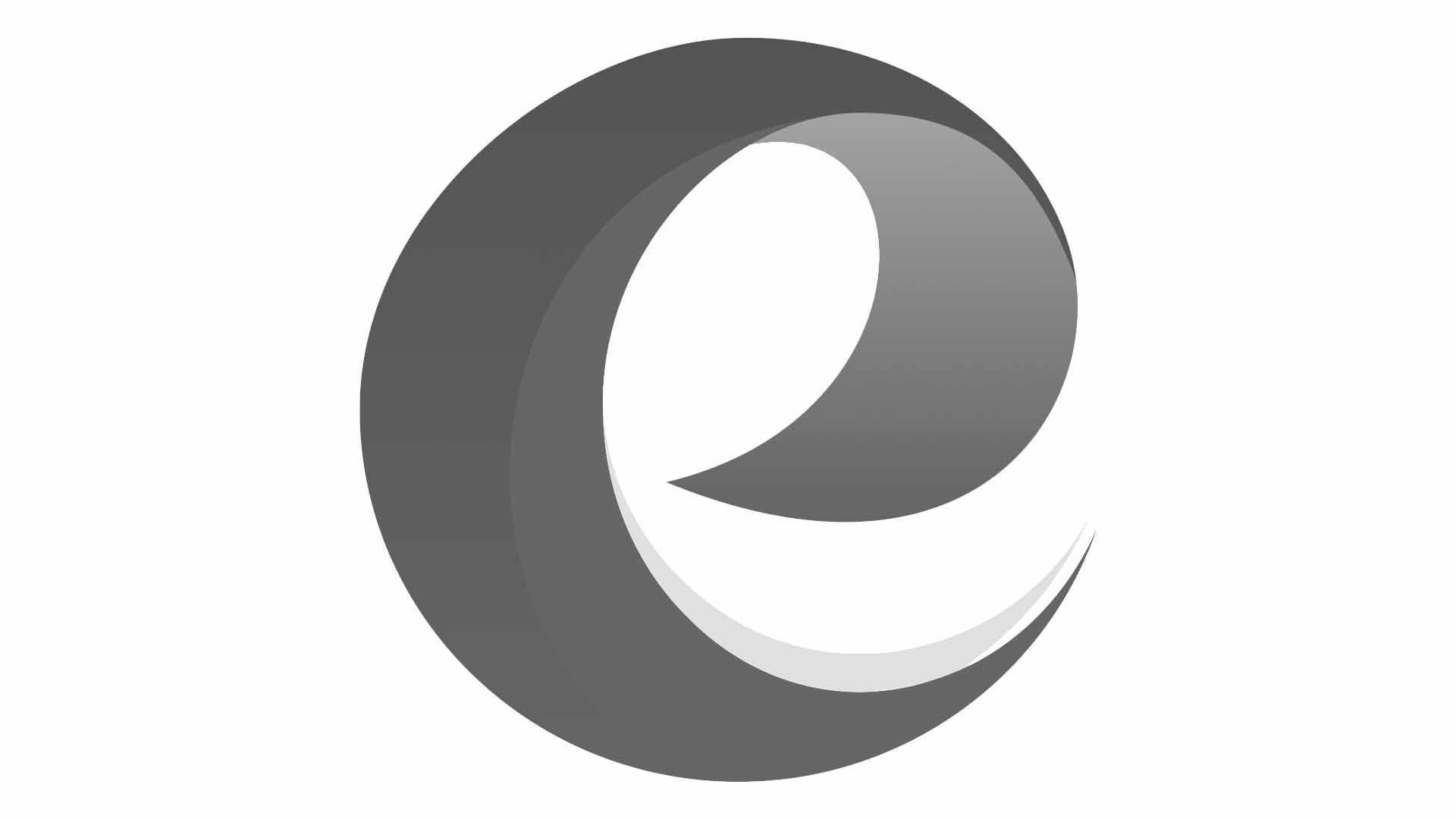Holy cows and twisted priorities

India, May 2, 2012: According to a US Beef Export Federation study, India exported US$1.24 billion worth of meat in the first half of 2012.
Is India headed for a white revolution or a pink one? The query cropped up last month after the federal government unveiled the National Dairy Plan called Mission Milk and news arrived of India’s growing eminence in the world as a beef exporter.
Both should have been welcome news in a country of hungry millions, struggling for economic and political dominance in a globalised world.
Mission Milk is touted as the second white revolution aimed at increasing the production of milk to meet the rising demand from an ever-growing population. And what better place for its launch than Anand, the milk capital of the country located in the western Indian state of Gujarat.
It was in this obscure town that Dr Varghese Kurien pioneered the largest dairy development program in the world, christened Operation Flood, and earned himself the title of “father of the white revolution.”
But this event was obscured by news of India’s chances of displacing the United States as the world’s third-largest beef exporter, behind Brazil and Australia.
According to a US Beef Export Federation study, India exported US$1.24 billion worth of meat in the first half of 2012, and a 30 percent growth in revenue from 2010 exports is projected by the end of the year.
The bulk of Indian exports is buffalo meat bound for markets in Southeast Asia and the Middle East, where a growing middle class has sparked a new craving for beef. The rise in demand could even make India the world’s principal beef exporter by 2013, according to USDA estimates.
This despite a majority of India’s 24 states outlawing the slaughter of cows, forcing the trade underground. India’s billion-dollar meat industry and growing underground beef trade is pitted against Hindu traditionalists keen on preserving the holy status of cows.
Narendra Modi, the right-wing chief minister of the western Indian state of Gujarat, added a pink hue to the second white revolution.
“I am concerned about the UPA (Congress-led United Progressive Alliance) government encouraging ‘pink revolution’. By pink revolution I mean encouraging export of mutton and also subsidising it,” Modi said at the unveiling of the National Dairy Plan in Anand.
Modi wants us to believe that meat subsidies are affecting the country’s milk production as animals get killed for their meat without any proper curbs. Even India’s federal minister for agriculture Sharad Pawarw was surprised by Modi’s remarks, as there is no concession on meat exports. Commerce Minister Anand Sharma said Modi’s remarks are “unwarranted and bereft of facts.”
Modi’s remarks are not surprising and I am sure the clarifications by two senior ministers in the federal government have fallen on deaf ears. The state of Gujarat is headed for elections later this year and Modi is clearly looking to return to power for the third time in a row. Moreover, Modi would like to project himself as a prime ministerial candidate well in advance of the general elections in 2014.
The cow is regarded by Hindus as gaumata, or mother cow, and has had a long-standing central role in India’s religious rituals. And Modi knows the electoral benefits of projecting himself as a protector of the cow from threats, real or perceived.
The immediate threat could be India’s growing eminence in the world as a beef exporter. But the cow has been for years a mother to a majority of Indians, some of whom have taken it upon themselves to protect her. These self-appointed “protectors” monitor and raid hundreds of stores, butcher shops and slaughterhouses suspected of carrying, selling or slaughtering India’s blessed bovines.
This should be a matter of concern because the so called Hindu-mandated ban on beef could serve as a major hindrance to commerce and the majority of India’s states outlaw the slaughter of cows except under extenuating circumstances: to stifle contagious diseases, prevent pain and suffering, medical research, etc.
And several states – including Delhi and Rajasthan, among others – ban the sale and slaughter of cows altogether. Religious attitudes could also hamper the industry’s future growth, particularly in states like Kerala and West Bengal, where the practice is legal.
Forget commerce, the cow has become a source of tension between majority Hindus and minority Muslims. In Gujarat, there have been concerns among Muslims over the repeat raids by Hindutva activists on businesses to ensure the ban on cow slaughter.
Nothing can stop them, even the recent imposition of a 5-million-rupee fine on the Gujarat government and an animal rights activist by the Supreme Court for wrongly seizing an exporter’s buffalo meat container on the allegation that it was carrying banned cow meat.
The overzealous and misplaced act of seizure caused the exporter a loss of over 100,000 rupees as it turned out that the meat was that of buffalo and not cow.
The moot question is, should the state be dictating what people can or cannot eat? Can it stick to a ban while majority Indians go hungry? In spite of its success with milk production, the fact remains that India has failed to feed its hungry millions, especially children who die below the age of five.
Even the mid-day meal scheme with the provision of free lunches for school children has failed in its key objective of protecting children from classroom hunger and addressing malnutrition. Like everything else, this noble scheme too has been mired in corruption and unlikely controversies.
A couple of years ago in the central Indian state of Madhya Pradesh, when the women and child welfare department that runs the mid-day meal scheme recommended eggs on the ground that hundreds of children were malnourished, it was rejected by the chief minister because it would encourage non-vegetarianism.
The eggs were offered under an assistance program by the federal government because they are rich in protein, essential for growing children. But the chief minister vetoed his own government’s proposal saying vegetarian food had everything the human body required and there was no need for the state’s 66,000 government-run primary schools to change their menu.
Apparently, the children were asked beforehand whether they wanted eggs or milk, and many had opted for eggs. Even nutritionists and food rights activists had opined in favour of eggs because unlike milk there are fewer chances of corruption. They were overruled by the state.
India’s hungry million need both a white revolution and a pink revolution. But the twisted priorities of the state have ensured its citizens are robbed of a nutritious diet.
- Anosh Malekar, ucan





